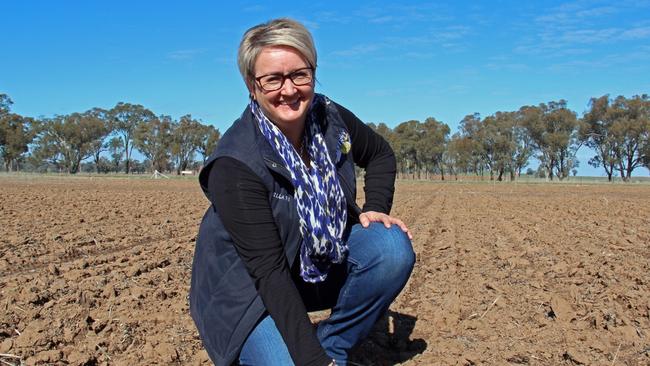Seasonal break brings hope
Cropping farmers in southern NSW have received a textbook autumn break. See how much fell in the gauge and how different crops are going.
Cropping operators, who rely on canola as part of the winter sowing rotation, are watching the market volatility closely.
Recent rain throughout southern NSW last has helped to inject confidence; however, there are concerns about the outcomes for one of the key crops in the region.
Agribusiness forecasters project that markets will fall in 2024, and international canola is likely to drift lower.
Canola delivered to Geelong was currently sitting at $600 a tonne. This compared to $637 at the start of the week.
The timing of the rain this week bodes well for the traditional sowing period of Anzac Day, yet many cropping farmers had opted to plant crops regardless.
NSW Farmers grains committee chairman Justin Everitt of Brocklesby measured 18mm of rain in the gauge last week.
He said it was certainly welcome after three drier months.
Sowing of grazing canola was already well-underway; however, like many, he was watching the price volatility of the oilseed crop with interest.
He said canola was so crucial to southern NSW growers.
“We did some dry sowing (before the rain arrived), and we have been able to get some early varieties in,” he said.
“We can certainly handle a bit more rain. It is surprising how much it dried out,” he said.
He hopes sowing will be completed at his place by the second week of May.

Henty Machinery Field Days chief executive officer Belinda Anderson emptied 30mm from the gauge.
“It has certainly come at the right time for an autumn break,” she said.
“A lot of local farmers around here are getting into their cropping programs now,” she said.
Agronomist and farmer Don Kirkpatrick of Mangoplah said 31mm of rain fell at his place, and the amounts had been quite variable across southern NSW.
“It’s been hit and miss … Tarcutta got around 20mm, but if you go back two weeks ago, they had 40mm, and we had 10mm,” he said.
“From a timing perspective, it doesn’t get any better than this,” he said.
Mr Kirkpatrick said grazing canola and dual-purpose crops were currently being sown throughout the area.




